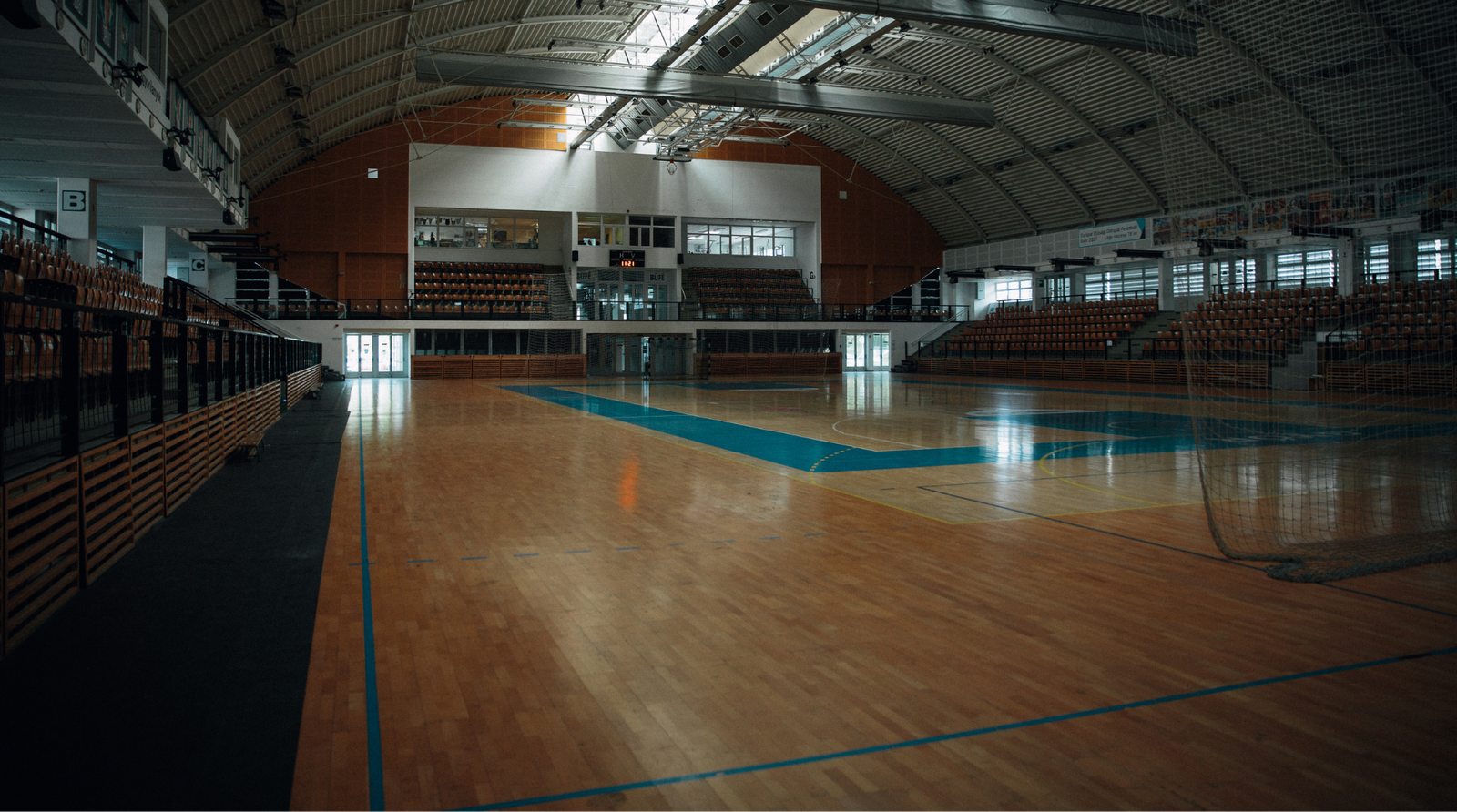When it comes to choosing the right flooring for your space, the choices can be overwhelming. Of the myriad options available, PVC vinyl flooring has emerged as a popular and versatile solution. In this comprehensive analysis, we will take a deep look at the key factors that influence PVC vinyl flooring, exploring its durability, design possibilities, tradeoffs, and environmental considerations that will guide our decisions._
Also, Are you looking for outdoor gym equipment manufacturers in India?
PVC Vinyl Benefits
PVC, or polyvinyl chloride, is a synthetic plastic polymer known for its versatility and durability. It has found its way into a variety of applications, and the most notable is flooring. PVC vinyl flooring is made by combining PVC resin with other materials to create a versatile and robust product. Here are some of the benefits of PVC vinyl flooring:
- Durability: PVC vinyl flooring is renowned for its durability. It is highly resistant to moisture, making it an excellent choice for areas with spills or high humidity. It can withstand heavy foot traffic without significant wear and tear, making it suitable for both residential and commercial spaces.
- Design versatility: One of the great things about PVC vinyl flooring is its ability to look like natural materials such as wood, stone or tile. Thanks to advanced printing technology and embossing techniques, PVC vinyl flooring can mimic the texture, grain and color variations of these natural materials. This opens up a world of design possibilities, allowing homeowners and designers to achieve the aesthetic they desire without the challenges of maintaining real materials.
- Ease of maintenance: PVC flooring is easy to clean and maintain. Unlike hardwood or natural stone, it does not require special sealants or finishes. Regular sweeping and mopping is usually sufficient to keep it looking clean. This low-maintenance aspect is a key selling point for busy homes and commercial spaces.
- Affordability: PVC vinyl flooring is often more budget-friendly than its natural counterparts. This affordable price makes it an attractive option for those looking to upgrade their flooring without breaking the bank.
Now that we’ve explored the benefits of PVC flooring, let’s take a deeper look at some of the key factors that impact its performance and design potential.
Balancing Durability and Design
While PVC vinyl flooring offers durability and design versatility, there are some compromises to consider when balancing these factors:
- Thickness matters: The thickness of PVC vinyl flooring can significantly impact its durability. Thicker planks or tiles are sturdier and can withstand heavier wear and tear. Thinner options may be more budget-friendly, but they may need to be replaced more frequently in high-traffic areas.
- Wear Layer: The wear layer of PVC flooring is a transparent topcoat that protects the design layer underneath. A thicker wear layer provides better resistance to scratches and dents. However, it may also need to be more visually realistic. Choosing the appropriate wear layer thickness depends on the specific needs of your space.
- Design Realism: As mentioned earlier, PVC flooring can perfectly mimic the appearance of natural materials. However, it may cost more to achieve a highly realistic design. It’s important to strike a balance between aesthetics and budget when making your selection.
- Installation method: The installation method can affect both durability and design. Some PVC flooring options are designed for easy DIY installation, while others require professional installation for optimal results. Consider your skill level and the complexity of your project when choosing an installation method.
Environmental Considerations
In an era where environmental sustainability is a top priority, it’s important to consider PVC vinyl flooring’s impact on the environment. PVC is a synthetic material, and its production involves the use of fossil fuels and chemicals. Additionally, the disposal of PVC products can contribute to environmental issues.
To mitigate these concerns, manufacturers are working on more environmentally friendly alternatives. Look for PVC vinyl flooring products that are:
- Phthalate-free: Phthalates are chemicals commonly used in PVC production. Opt for phthalate-free flooring to reduce potential health and environmental risks.
- Recyclable: Some PVC flooring can be recycled, reducing its impact on landfills. Check if the product you’re considering is recyclable or if the manufacturer has a recycling program.
- LEED certification: If you’re looking for a greener option, consider flooring products that are certified by the Leadership in Energy and Environmental Design (LEED) program. These products meet specific environmental standards and can contribute to green building certification.
- Life cycle assessment: Manufacturers are increasingly conducting life cycle assessments (LCA) of their products to determine their overall environmental impact. Review these assessments to make informed decisions.
Conclusion
PVC flooring offers a compelling combination of durability and design versatility, making it a popular choice for a wide range of applications. However, selecting the right PVC vinyl flooring involves considering a variety of factors, including thickness, wear layer, design realism, and installation method.
In addition, it is essential to be conscious of the environmental impact of PVC vinyl flooring and look for more sustainable options when possible. By striking the right balance between durability, design, and sustainability, you can ensure that your choice of PVC vinyl flooring meets your needs and is in line with your values.
